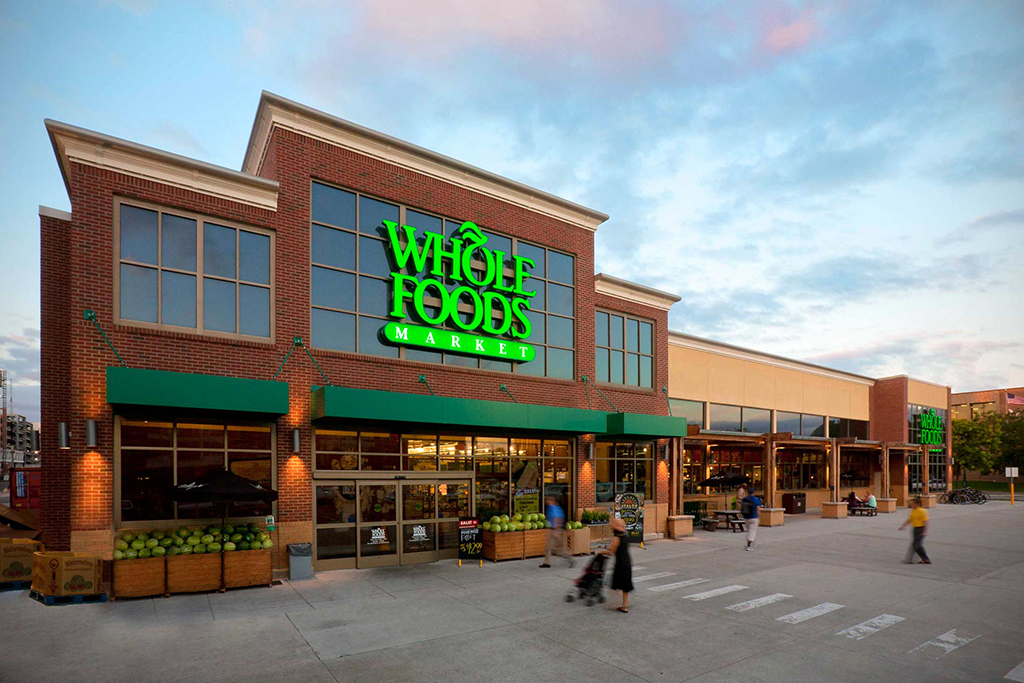Grocery Stores of the Future Include Smaller Formats, Automated Checkouts and Robots

Based on new analysis by CBRE, factors influencing the U.S. grocery industry points to a near-term future with a fully automated checkout process, a greater emphasis on prepared meals, a proliferation of smaller, convenience-store grocery outlets, and more collaboration between grocers and nontraditional partners such as fitness operators and restaurants.
CBRE’s new research delivers 11 predictions for the U.S. grocery industry over the next decade. Grocery-anchored centers are favored by real estate investors due to the industry’s steady if slow sales growth and minimal e-commerce penetration relative to other categories. Still, U.S. grocers face significant pressure to adapt to changing consumer preferences, new store formats, automation and delivery demand.
“The store will remain central to the grocery industry, but its format and function will be reshaped by multiple factors over the coming years,” said Melina Cordero, CBRE Global Head of Retail Research. “Grocery operators must diversify their offering to best compete, which will lead to varied store formats for different markets, nontraditional merchandise assortments and an even greater focus on customer convenience.”
Among CBRE’s key predictions:
The grocery checkout line will disappear within 10 years
A slew of technological advancements is converging to replace the traditional checkout line, including carts with built-in barcode scanners and credit-card swipers; mobile-payment apps; weight sensors and cameras; and merchandise-scanning robots. Technology also will allow shelves to keep track of inventory. The elimination of checkout lines will allow grocery operators to free up real estate for revenue-generating functions such as click-and-collect services.
Major grocery operators will expand further into convenience-store formats
The industry’s largest players are finding a strong growth opportunity in opening and operating smaller-format stores in dense, mostly urban markets. Many of these stores focus on convenience fare such as prepared meals. Already, big names have moved into the space, including Kroger Co. with its Express Mart format and Hy-Vee with Fast & Fresh.
Collaborations will expand grocers’ offerings
Grocers will seek to add higher-margin merchandise and services in their stores to counter the steep costs of last-mile delivery. That will include more prepared meals and in-store restaurants. It also will entail collaborations, such as grocer Hy-Vee’s arrangement to cross-promote Orangetheory Fitness’ exercise classes with Hy-Vee’s healthy food offerings.
Intensifying competition spurs reinvestment in stores
Various large grocery operators have announced sweeping remodeling and redesign plans for portions of their U.S. store base as competition increases from supercenters, wholesale clubs and small-format rivals. Some of this expenditure also is going to improving in-store technology and omnichannel services such as curbside pickup.
Wait! Don’t miss out on the latest insights
Sign up for Saschse Construction’s
e-newsletter below!
Featured Topics
BUSINESS
INDUSTRY NEWS

